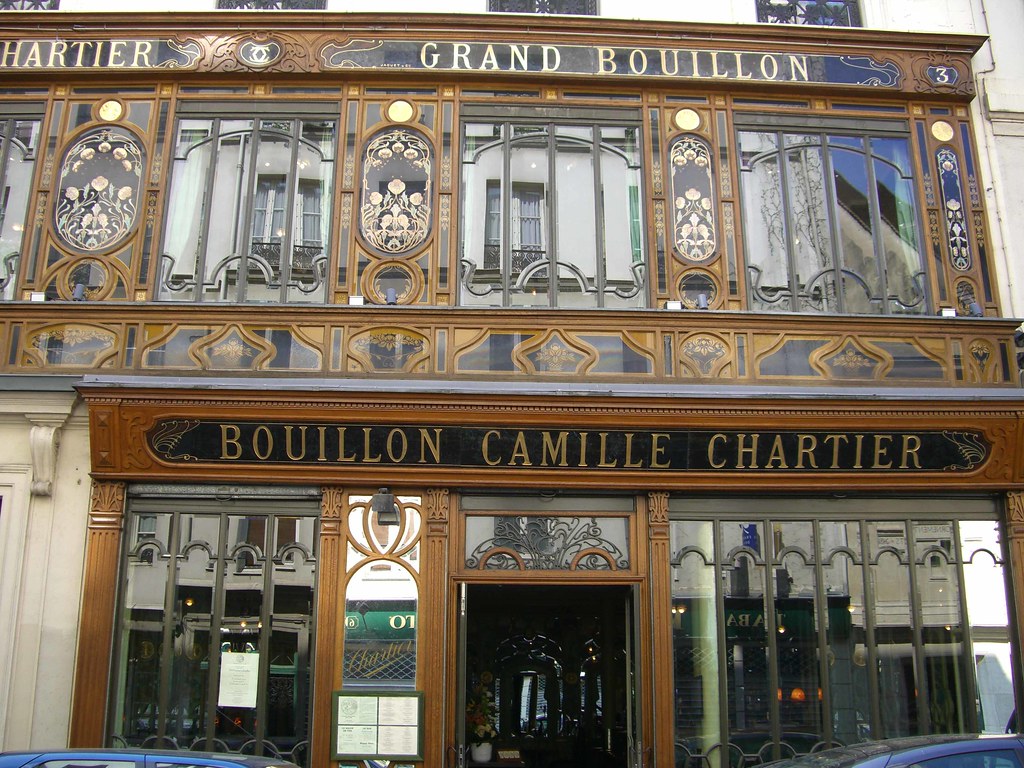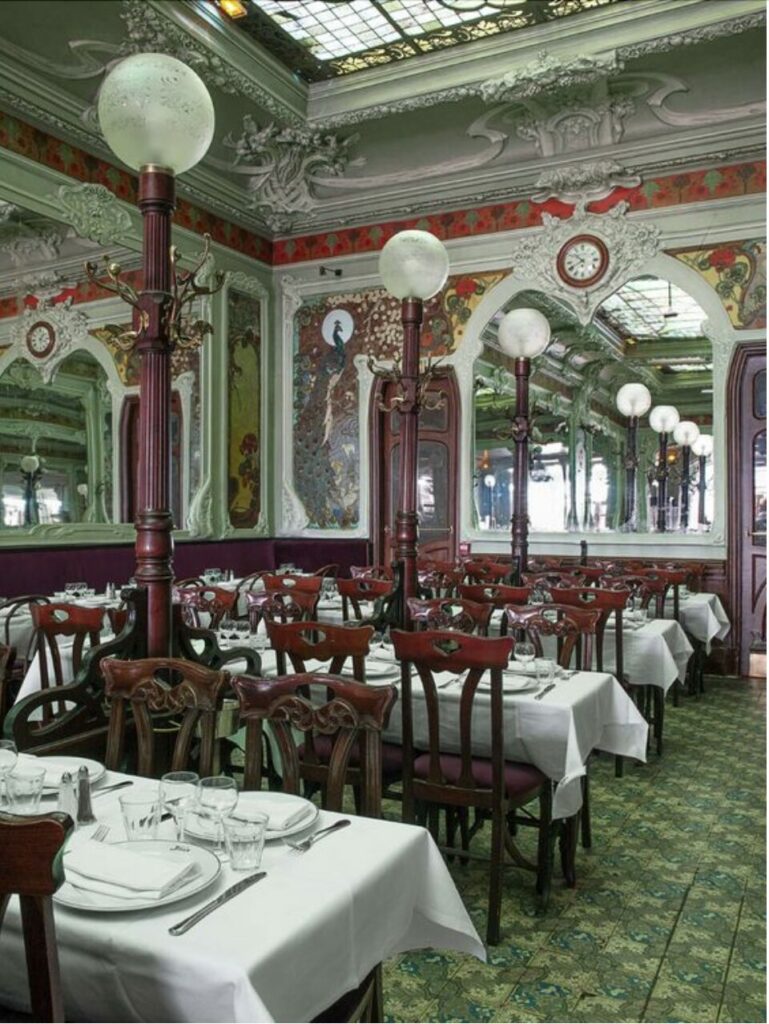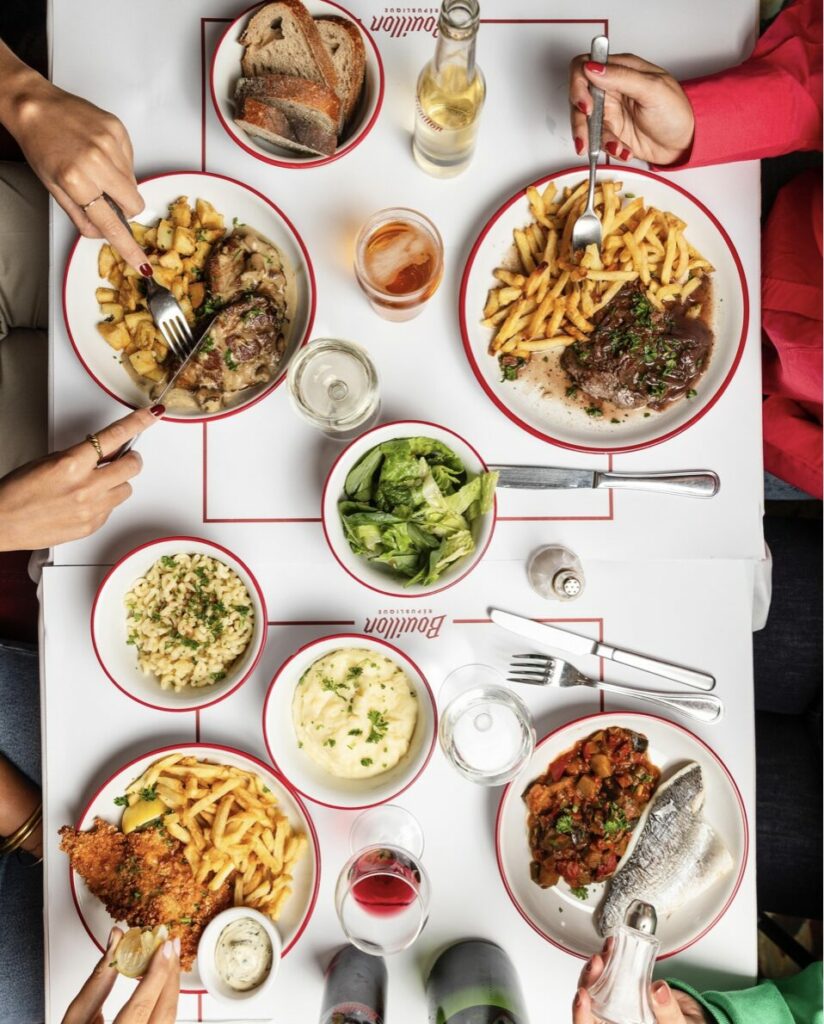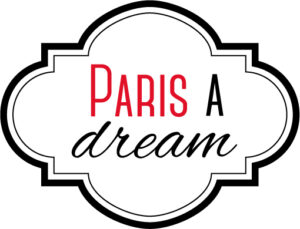Let’s take a step back in time to understand where the word bouillon comes from.
The first restaurants appeared in the 18th century. We owe the concept of the restaurant as we know it today to the ambitious economist Mathurin Roze de Chantoiseau, which he named Maison de Santé. (health home). Although it was possible to eat in taverns, the meal was more about satisfying a vital need rather than a pleasant experience. Roze de Chantoiseau’s aim was to offer people the opportunity to come and eat at any time, selecting what they wanted to eat from a menu with set prices.
What can we found ?
The menu featured a variety of broths (bouillons in French) with known health-restoring properties. As broth restored health, the common word “restaurant” which means restoring, replaced Roze de Chantoiseau’s “maisons de santé”.



From the start
In the 19th century, Pierre-Louis Duval, a butcher at Les Halles market, decided to create his own broth with the meat from his stall for the workers at Les Halles. He wanted to make good, inexpensive food. In 1855, he opened his first restaurant, the first of a long chain. In fact, it was the first restaurant chain in French history. The success was so dazzling that the Chartier brothers took their inspiration from it to open their Chartier Bouillons, and many others surfed on this notoriety, since in Paris in 1893 there were some 400 restaurants calling themselves Bouillon.
However, this popularity declined sharply when Paris saw the emergence of brasseries on every street corner, adopting the codes of good food for cheap, and undermining the originality and innovation of the Bouillon concept.
In recent years, however, it has become a trend again. Consumers want to reconnect with traditional, authentic cuisine that is also affordable, in an economic context where purchasing power is declining.
Indeed, what makes Les Bouillons so popular in Paris is its accessibility and simplicity. You don’t need to make reservations, just drop in at any time for a cheap meal. Orders and bills are written on the tablecloths. A friendly atmosphere reigns in this mix of classes, tables are shared, bathed in a sumptuous decor inspired by the Art Nouveau, with antique wood and mirrored furniture, high ceilings and colorful ceramics.
Traditional French dishes (eggs mayonnaise, beef bourguignon, sausage purée…) at a very affordable price! One of the reasons for this is that the Bouillons have their own sourcing methods, with their own production. Expect to pay between 15 and 20 euros for a 3 course meal.
It’s a popular restaurant, which although originally intended for the working class, also attracts the more bourgeois. Edith Piaf is said to have frequented the Bouillon Julien.
There are still no fewer than 250 Bouillons in Paris today. The most popular and emblematic are Bouillon Pigalle, le Chartier Boulevard du Montparnasse, le Petit Bouillon Pharamond, le Racine ou encore le République.
Recently, Bouillons have also been opened in the provinces, such as Bouillon St Jean, which you can find in front of Bordeaux train station.
For us, the Bouillons are an institution in France, because in addition to telling a part of our history, they are emblematic of what unites all gourmets and gourmands, French or not, regardless of social class: the love of gastronomy.
For more images and information on Les Bouillons, click here!
